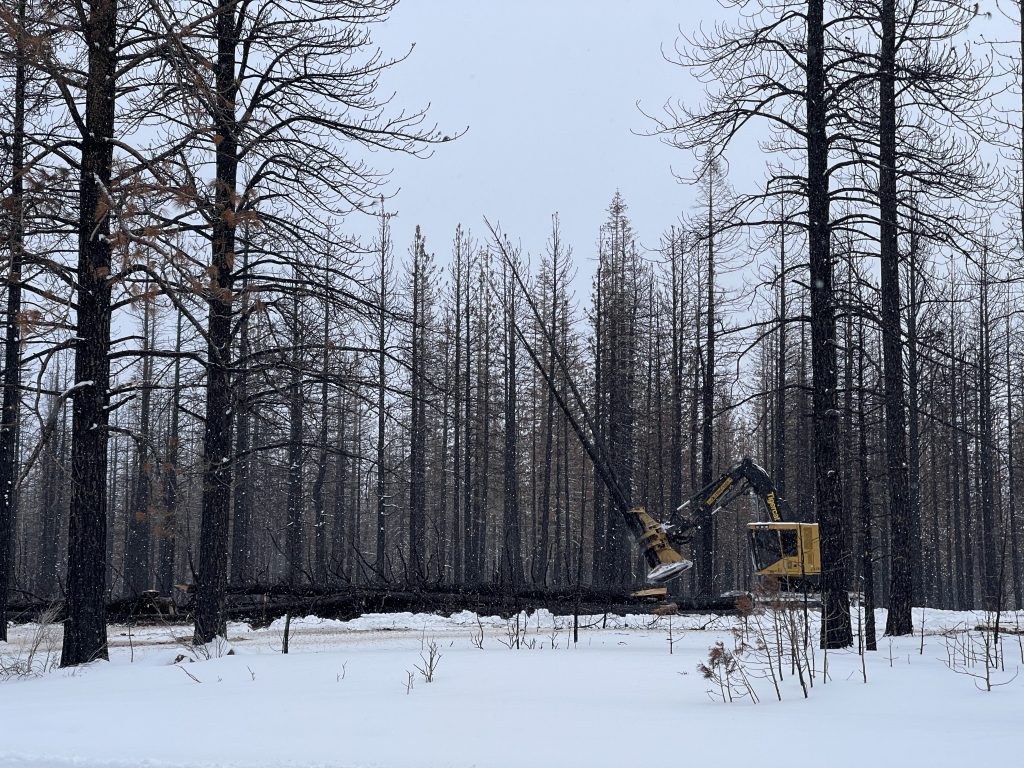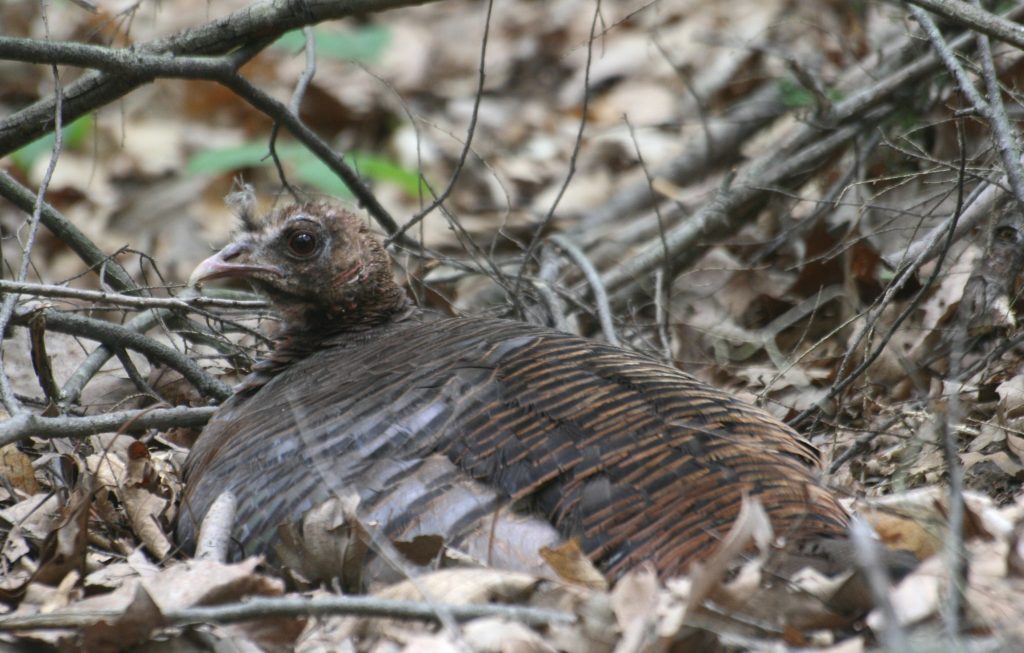Forest Management’s Role in Habitat Improvement
The National Wild Turkey Federation is involved in over 40 stewardship agreements across all USDA Forest Service regions in the United States, aiming to improve wildlife habitat while making America’s forests healthier, more fire resilient and more accessible for recreation. Among the various management practices employed in these projects, forest thinning and prescribed burning stand out as crucial strategies to achieve these objectives.
For those unfamiliar with these practices, thinning and prescribed burning might evoke concerns about potential harm to the landscape and wildlife. The NWTF actively engages in these projects because they offer numerous benefits to forest health, wild turkeys and a wide range of wildlife species.
Thinning involves the strategic removal of excess vegetation, which in turn reduces tree density, improves species composition and promotes a more balanced age distribution within the forest. By addressing these factors, thinning minimizes stress on trees, rendering them less susceptible to pests and diseases. Additionally, the reduction in tree density significantly lowers the risk of catastrophic wildfires that can devastate landscapes and wildlife habitats for decades.

It is key to understand that while large, high-intensity wildfire often results in habitat loss and adverse effects on wildlife, conservationists and stewards of our lands promote prescribed fire on the landscape. The centuries-old management practice involving controlled, low-intensity fires, is crucial for maintaining healthy forests. In fact, most forests have a natural fire regime. Fire, when managed appropriately, is part of a natural ecological process that benefits both wildlife and overall forest health.
“Ironically, we are learning that a lot of species typically considered to be dependent on older forests, also depend on forest disturbance like thinning and prescribed burning,” said Patt Dorsey, NWTF director of conservation operations in the west. “For example, spotted owls have large home ranges and need dense canopy cover for nesting; however, owls need a wide variety of forest structure for foraging habitat, including lower canopy cover, shrub/sapling patches and edge. Why? Owls eat small mammals, like mice and squirrels. Early forest habitat and areas with a lot of edge support more prey diversity, abundance and population stability. Like other species, these species stand to lose out as fires increase in size and severity.”
How do thinning and prescribed burning directly benefit wild turkeys? NWTF District Biologist Chuck Carpenter helps us understand.
“Many of our stewardships implement group selection prescriptions, designating areas for clearing,” he said. “This not only establishes fire line buffers to mitigate catastrophic fires but also generates natural openings in the forest canopy. Here, sunlight can penetrate unhindered to the forest floor, fostering early successional growth. Turkeys, in particular, are drawn to these openings, exhibiting frequent usage. Such openings grant turkeys renewed access to one of their most invaluable assets — their acute eyesight.”
This enhanced visibility facilitates foraging and brooding activities in these areas. By creating early-successional habitats through thinning and prescribed burning, we improve conditions for wild turkeys and other wildlife. Additionally, these practices play a crucial role in creating diversity within the forest, providing essential food sources for many wildlife species.

“Thinning selectively removes overgrown vegetation, opening up the forest canopy and promoting diverse understory growth,” Carpenter said. “This creates a mosaic of habitats, catering to various species' needs for food, shelter and breeding grounds. Additionally, prescribed fire helps mimic natural ecosystem processes, rejuvenating plant communities and promoting the growth of nutritious forage for wildlife. Together, these management practices foster healthier, more resilient ecosystems, supporting a thriving diversity of wildlife populations.”
The NWTF continues to expand its impact on wildlife habitat through stewardship efforts and a range of initiatives to ensure the sustainability and resilience of America's natural resources for generations to come.
CONNECT WITH US
National Wild Turkey Federation
770 Augusta Road, Edgefield, SC 29824
(800) 843-6983
National Wild Turkey Federation. All rights reserved.
